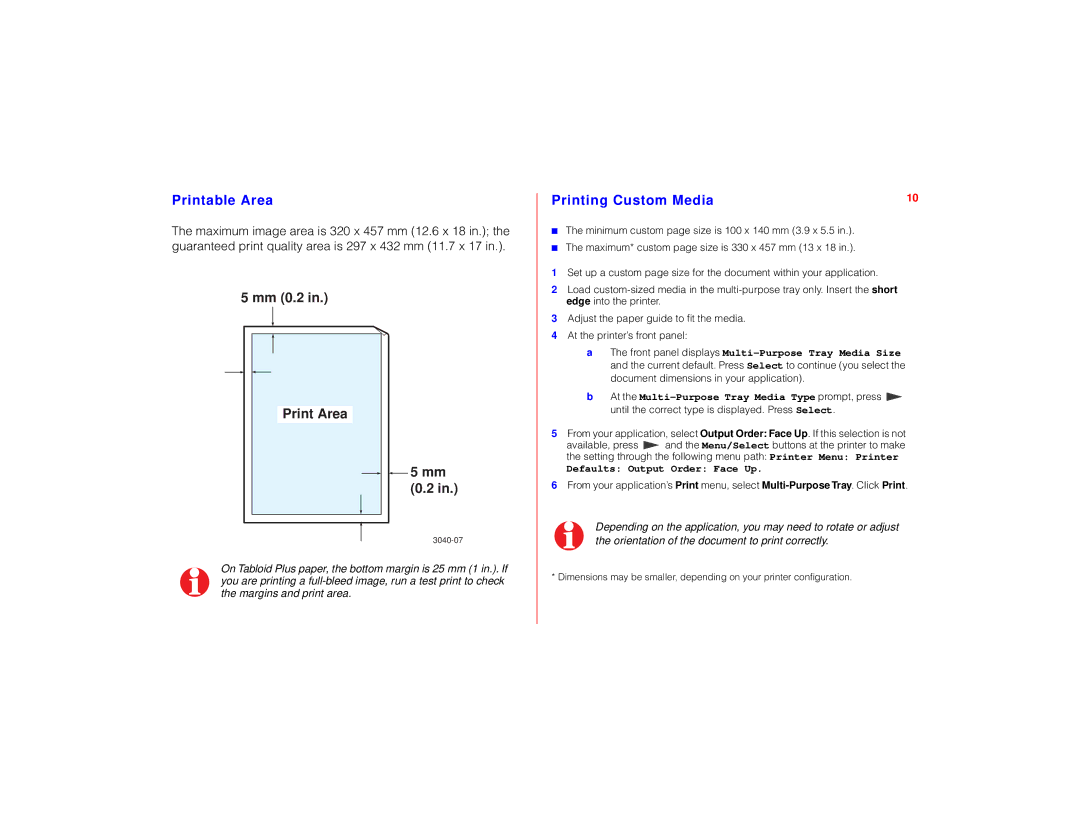PHASER 780 specifications
The Tektronix PHASER 780 is a state-of-the-art test and measurement instrument designed for advanced signal integrity and performance analysis in a range of applications. Renowned for its precision and versatility, the PHASER 780 caters to engineers and technicians who require reliable measurements for high-speed digital designs.One of the standout features of the PHASER 780 is its advanced time-domain reflectometry (TDR) capabilities. This function allows users to analyze transmission line characteristics and detect impedance mismatches, which can lead to signal degradation. With a high spatial resolution, the PHASER 780 provides remarkable accuracy in locating faults and understanding the physical characteristics of a device under test.
The instrument is equipped with a multi-channel measurement system, enabling simultaneous analysis of multiple signals. This feature is particularly beneficial for comparing the performance of multiple data lines or for analyzing multi-channel systems, such as those found in high-speed communication interfaces. The four-channel configuration enhances efficiency, allowing for comprehensive testing without the need for multiple instruments.
Another notable technology within the PHASER 780 is its robust signal analysis capabilities. The device supports a wide frequency range, making it suitable for various applications, including RF and microwave testing. With a bandwidth of up to several GHz, the PHASER 780 ensures accurate measurements across high-speed standards such as PCIe, USB, and DDR memory technologies.
User-friendly software complements the PHASER 780's hardware, offering intuitive interfaces for data visualization and analysis. The software suite includes features for automated reporting, making it easier for engineers to share findings and collaborate across teams. Additionally, the instrument supports extensive data export options, enhancing flexibility in data management.
In terms of connectivity, the PHASER 780 integrates with standard test and measurement environments, providing ease of use in various lab setups. Its scalability allows for integration into larger test systems, ensuring it remains a valuable tool as testing requirements evolve.
In summary, the Tektronix PHASER 780 is a powerful tool with a focus on precise measurements, advanced signal integrity analysis, and user-friendly operation. Its blend of TDR capabilities, multi-channel support, extensive frequency range, and robust software makes it an indispensable resource for engineers in high-speed digital design and testing.

